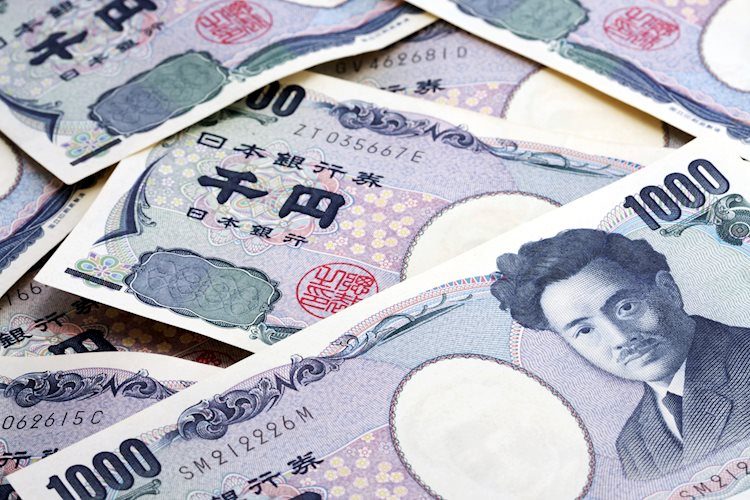The USD/JPY pair continues to trade with a negative bias for the fourth consecutive day, hovering near the year-to-date low. The main factor weighing on the pair is the divergent policy expectations between the Federal Reserve (Fed) and the Bank of Japan (BoJ). Investors are eagerly awaiting next week’s key central bank events for a potential new direction.
Amidst rising bets for a more aggressive policy easing by the Fed next week, the US Dollar has weakened to a fresh weekly low. Soft US Producer Price Index (PPI) data released on Wednesday has fueled expectations of a 50 basis points rate cut by the Fed at their September meeting. This has kept US Treasury bond yields near record lows, putting downward pressure on the USD/JPY pair.
In contrast, the Japanese Yen continues to receive support from the BoJ’s hawkish signals hinting at potential interest rate hikes if economic conditions align with forecasts. The BoJ’s policy of maintaining easy monetary conditions for an extended period contrasts sharply with the dovish Fed outlook. This has led to unwinding of Japanese Yen carry trades and further dampening the sentiment around the USD/JPY pair.
Given the current fundamental backdrop, the path of least resistance for the USD/JPY pair remains to the downside. However, traders may choose to stay on the sidelines ahead of next week’s key central bank events. The Fed is set to announce its decision at the end of a two-day meeting next Wednesday, followed by the BoJ policy update on Friday. These events will likely determine the next directional move for the USD/JPY pair, which is currently headed for a second consecutive weekly loss.
The Japanese Yen is among the most traded currencies globally, influenced by factors such as the performance of the Japanese economy, Bank of Japan policy, bond yield differentials between Japan and the US, and trader sentiment. The BoJ plays a crucial role in determining the value of the Yen, occasionally intervening in currency markets to control its value. The current ultra-loose monetary policy by the BoJ has caused the Yen to depreciate against other currencies, driven by policy divergence with other central banks.
The widening policy divergence between the BoJ and other major central banks, especially the US Federal Reserve, has led to a growing gap between US and Japanese bond yields, favoring the US Dollar against the Japanese Yen. Additionally, the Japanese Yen is often considered a safe-haven asset, meaning investors tend to seek refuge in the currency during times of market turmoil due to its perceived reliability and stability. This trend can lead to a strengthening of the Yen’s value against riskier currencies in turbulent market conditions.





















